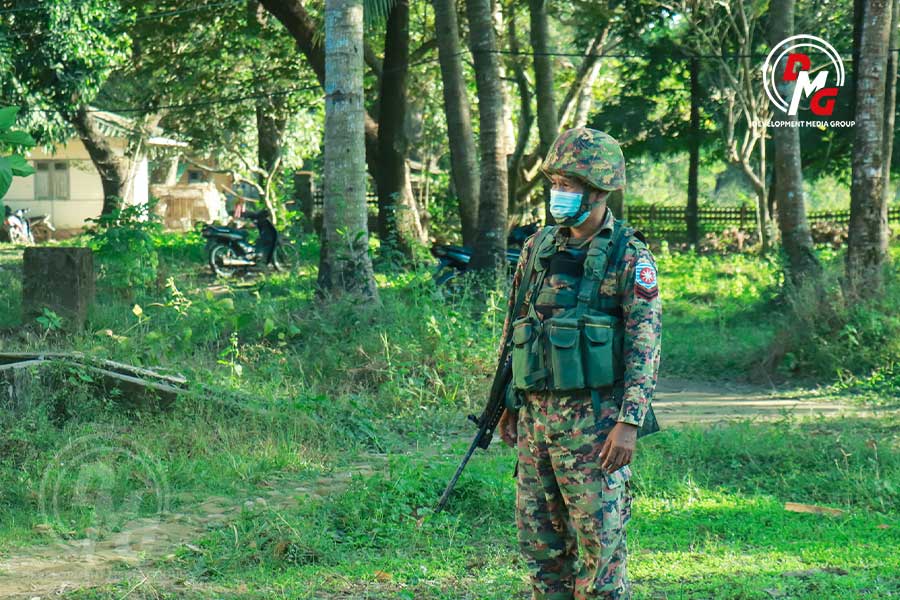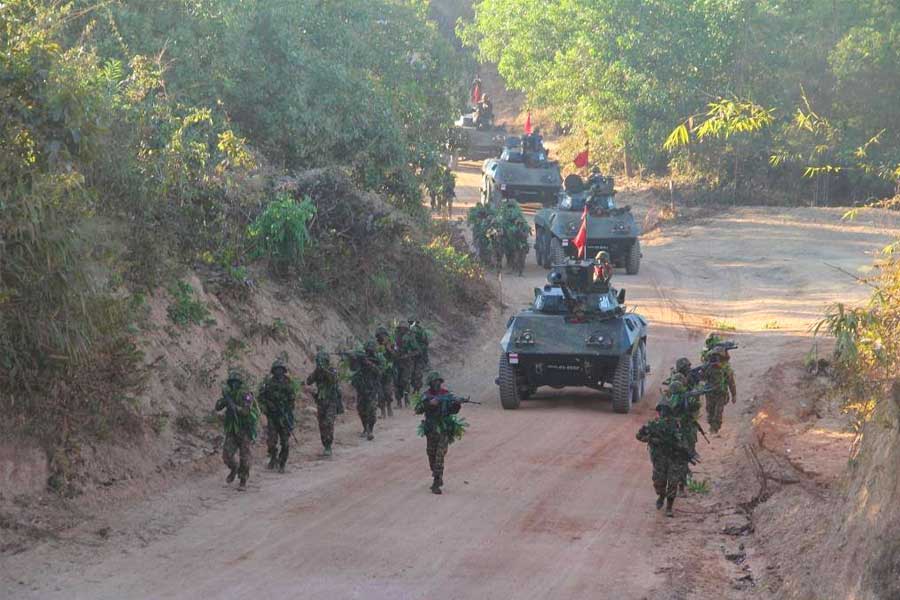- Arakan Army captures two forward outposts of junta's regional command in Sittwe
- Ramree residents call on ULA to restore internet amid isolation
- Junta battalions fortify Kyaukphyu as fighting escalates
- Regime launches offensives against AA-held areas in Laymyethna Twsp
- Regime restricts patients returning from Yangon from carrying medicines to Arakan State
Rubber exports from Mon State and Tanintharyi Region decrease
The export of rubber from Mon State and Tanintharyi Region is decreasing despite the favourable price of domestic rubber due to a rise in world rubber prices, according to local rubber farmers.
14 Mar 2023

DMG Newsroom
14 March 2023, Mawlamyine, Mon State
The export of rubber from Mon State and Tanintharyi Region is decreasing despite the favourable price of domestic rubber due to a rise in world rubber prices, according to local rubber farmers.
The price has risen from US$1,400 to US$1,800 per tonne since January of this year, after the world rubber price fell in July 2022, according to a source close to the Myanmar Rubber Planters and Producers Association (MRPPA).
Myanmar produces more than 300,000 tonnes of rubber each year, and 75% of the domestic rubber is purchased by China, while only 8% is consumed domestically.
The rest of the rubber produced in Myanmar is sold to Indonesia, Singapore, India and Japan.
The domestic price of rubber ranges from a minimum of K1,350 to a maximum of K1,500 per pound, depending on the type of rubber, which is low compared to foreign rubber prices, according to rubber farmers.
A rubber farm owner from Kyaikto, Mon State, said that domestic rubber entrepreneurs are exporting less due to a handful of factors.
“It is good that the price of rubber has risen again, but with the scarcity of rubber plantation workers and the lack of raw materials, the supply has decreased, and some have even sold their rubber plantations,” he explained.
Rubber is mainly grown in Dawei, Tanintharyi, Myeik, Kawthaung, Palaw and Mawtaung townships in Tanintharyi Region. Local rubber farmers say the ability to produce rubber for export is also decreasing due to armed conflict and territorial instability in the region.
“There is almost daily fighting in the region, and due to military activities, raw materials for rubber latex have been unavailable for a long time. The situation is the same in Tanintharyi, Dawei, Myeik and Kawthaung. Rubber farm owners in Mawtaung town cannot employ new rubber plantation workers,” said a local rubber farm owner.
Myanmar exported 13,800 tonnes of rubber by sea, and 2,290 tonnes of rubber were exported via the border trade in January of this year, according to the junta’s Ministry of Commerce.
There are more than 500,000 acres of rubber plantations in Mon State and Tanintharyi Region, the largest rubber-producing areas in Myanmar.














.jpg)


